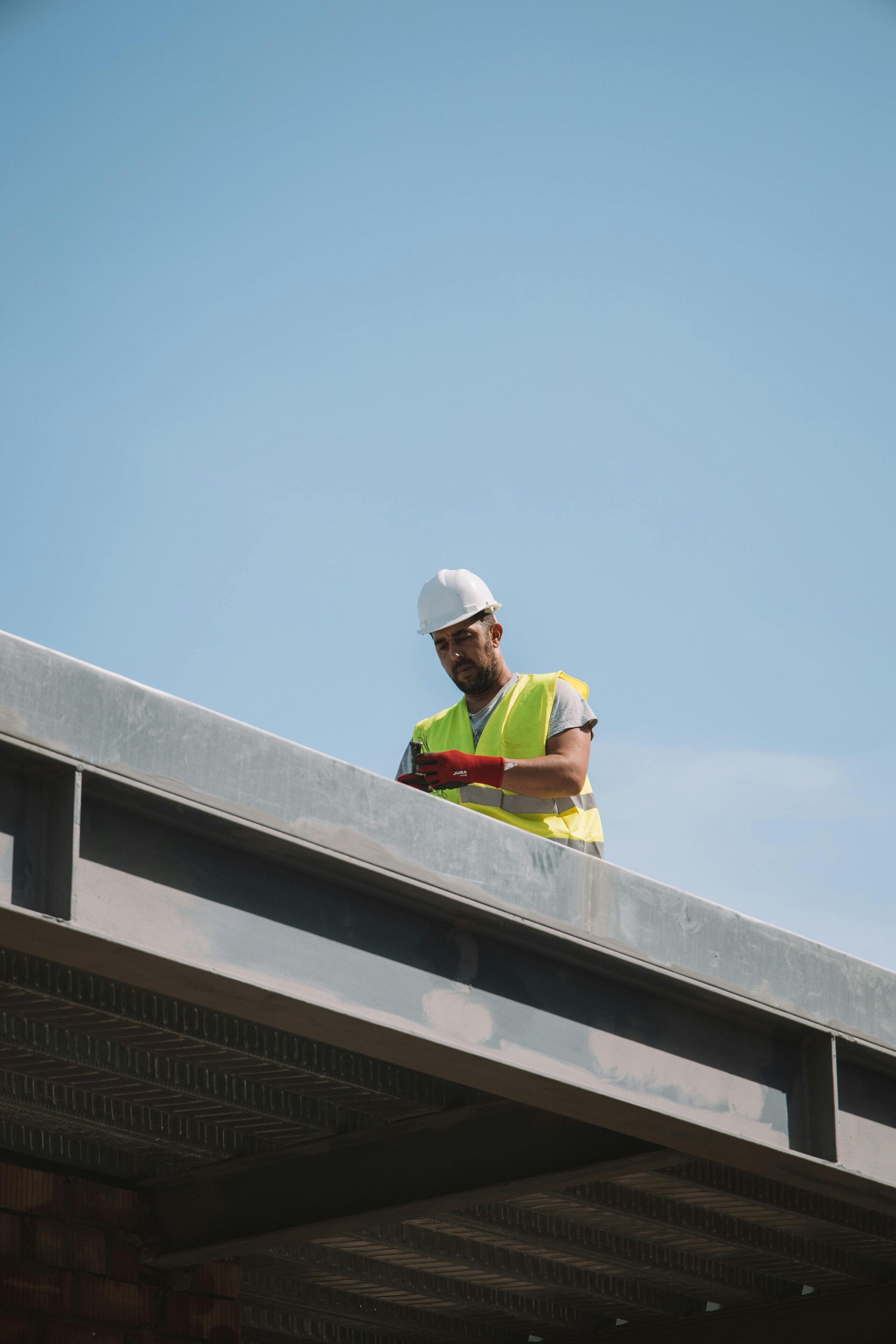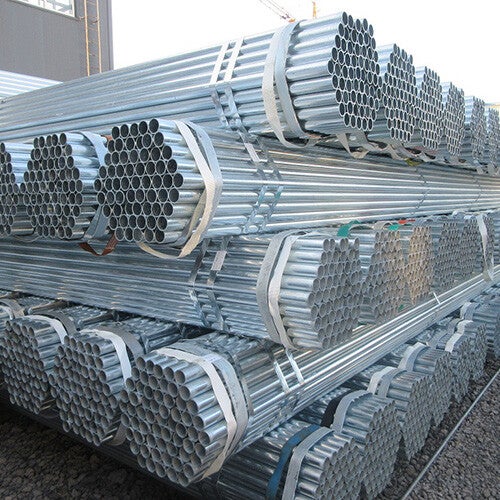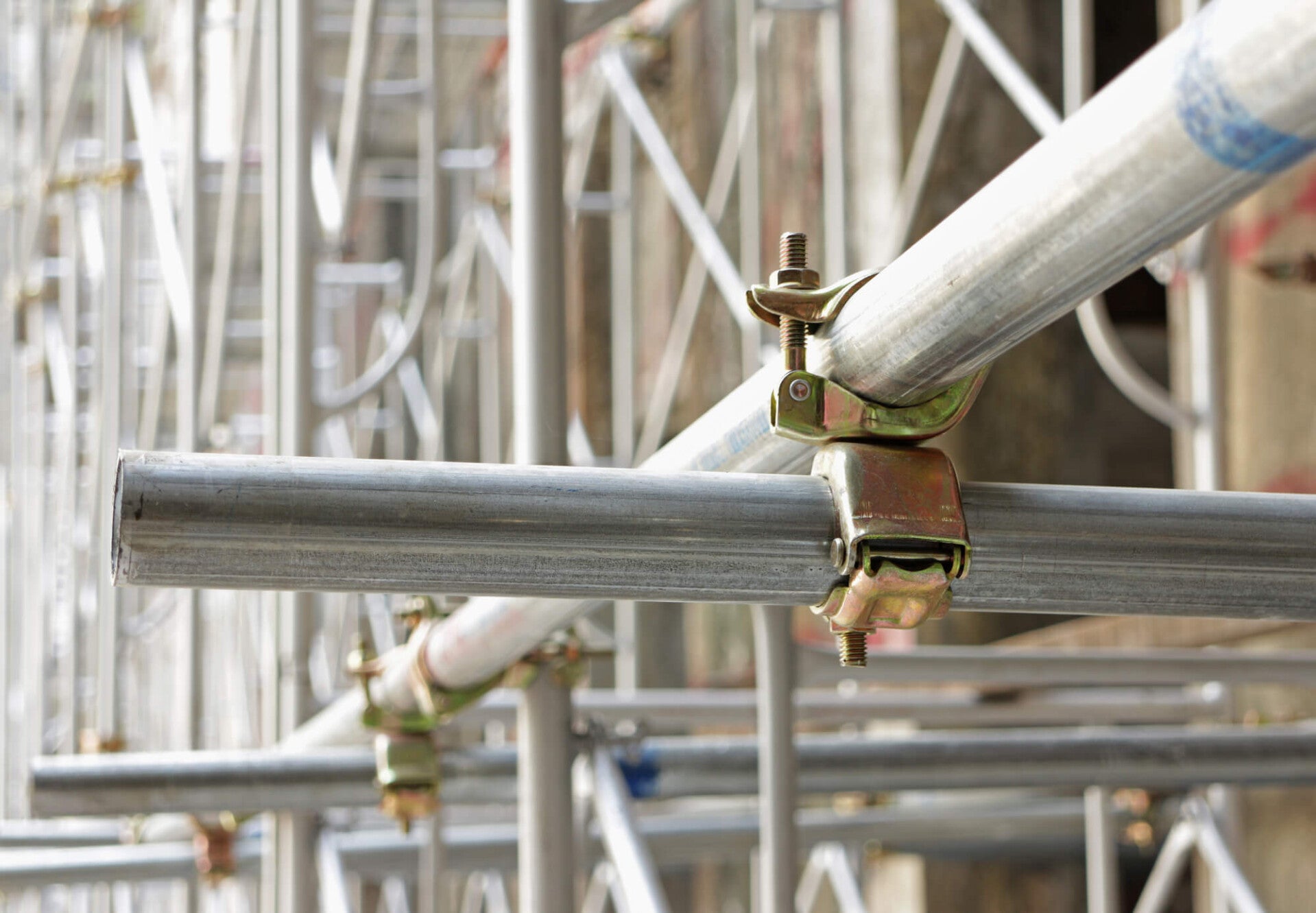Information
We prioritise safety above all else. These scaffolding safety tips from HSLScaffoldSuppliers will help you maintain a safe working environment on all your construction projects.

Common Scaffolding Hazards & Prevention
Here are the most common scaffolding hazards HSLScaffoldSuppliers see on construction sites, and how workers can avoid them:
Falls from Height
Cause: Lack of guardrails, improper use of harnesses, or unstable platforms.
Prevention: Use fall protection systems, ensure proper guardrails are installed, and train workers on safe climbing practices.
Scaffold Collapse
Cause: Overloading, poor assembly, or unstable ground.
Prevention: Follow manufacturer load limits, inspect scaffolding daily, and ensure it's erected on solid, level ground.
Falling Objects
Cause: Tools or materials dropped from height.
Prevention: Use toe boards, debris nets, and tool lanyards. Keep platforms tidy.
Electrocution
Cause: Scaffolding placed too close to power lines.
Prevention: Maintain safe distances from electrical hazards and use non-conductive materials when necessary.
Slips, Trips, and Missteps
Cause: Wet or cluttered platforms.
Prevention: Keep surfaces clean and dry, and use slip-resistant materials.

Biggest Scaffolding Mistakes
One of the most common and critical mistakes people make is failing to properly inspect and secure the scaffolding before use. This includes:
Skipping pre-use inspections: Workers may assume the scaffold is safe without checking for loose components, missing guardrails, or uneven footing.
Improper anchoring or bracing: If scaffolding isn’t securely tied to the structure or stabilized, it can shift or collapse.
Overloading platforms: Exceeding weight limits with tools, materials, or personnel can compromise structural integrity.
Using incompatible or damaged components: Mixing parts from different systems or using worn-out materials can lead to instability.

Essential Safety Gear
Here’s what every worker should have—and why it matters:
Hard Hat
Purpose: Protects against falling tools, materials, or debris.
Importance: Head injuries are among the most serious risks on construction sites.
Fall Arrest System (Harness and Lanyard)
Purpose: Prevents falls from height.
Importance: Falls are the leading cause of injury and death in scaffolding-related work.
Non-Slip Safety Boots
Purpose: Provides grip and stability on potentially slick or uneven surfaces.
Importance: Reduces risk of slips and trips.
High-Visibility Clothing
Purpose: Makes workers easily seen by others, especially in busy or low-light environments.
Importance: Prevents accidents involving machinery or moving equipment.
Gloves
Purpose: Protects hands from sharp edges, splinters, and rough surfaces.
Importance: Enhances grip and reduces injury risk during assembly or dismantling.
Eye Protection (Goggles or Safety Glasses)
Purpose: Shields eyes from dust, debris, and flying particles.
Importance: Prevents vision damage and irritation.

Ensuring Stability & Security
Top Tip for Ensuring Scaffolding Is Stable and Secure
Always start with a solid, level foundation—and use base plates or mud sills.
Why This Matters:
Uneven or soft ground can cause scaffolding to shift, tilt, or collapse.
Base plates and mud sills distribute weight evenly and prevent sinking or instability.
A level foundation ensures that all vertical components are plumb, which is critical for structural integrity.
Bonus Stability Tips:
Tie scaffolding to the building at regular intervals to prevent sway.
Install diagonal bracing to reinforce the structure.
Inspect all components before use—especially locking mechanisms and couplers.
Promotional offer
Ensure safety with HSLScaffoldSuppliers' quality scaffolding! Contact us today for trade-first pricing and volume discounts.